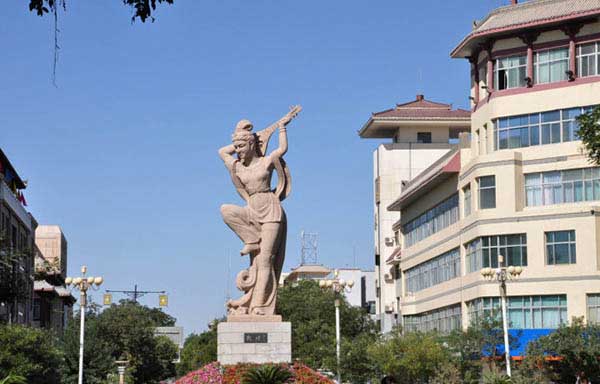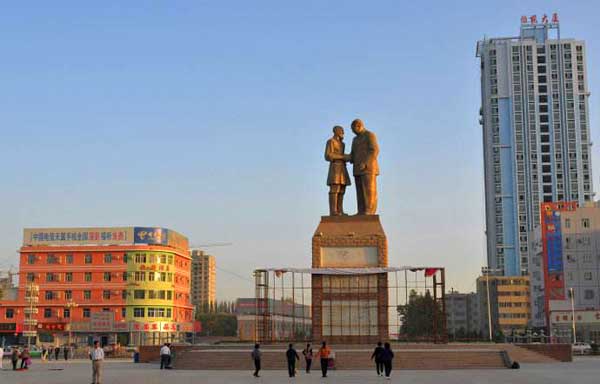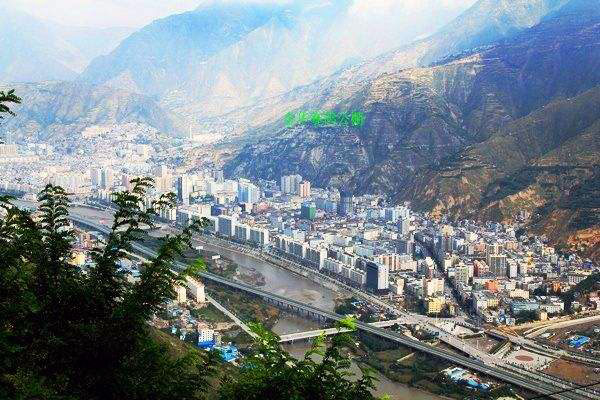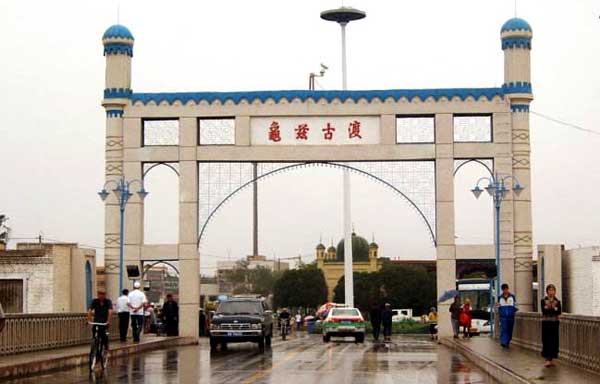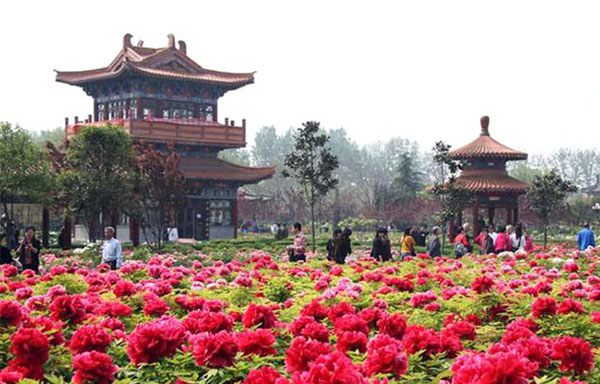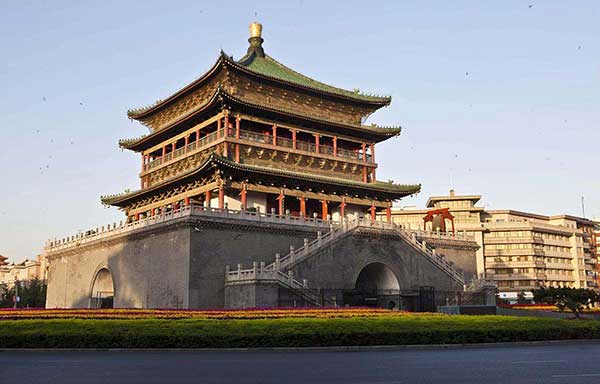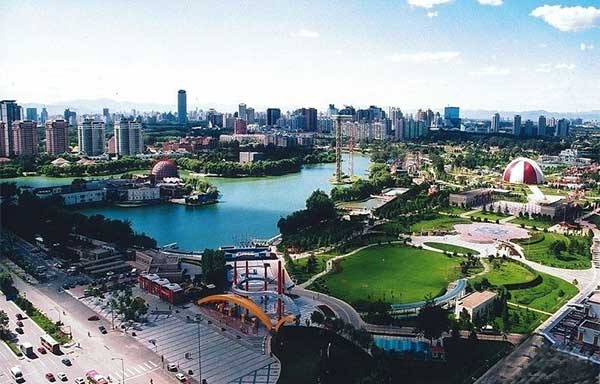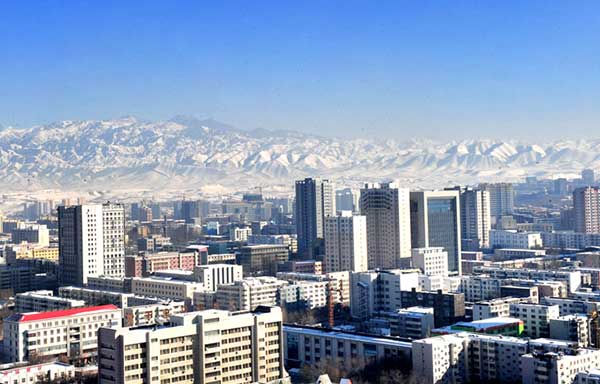- By admin
- In DunhuangKnowledge
- 2017-11-28
Mogao Caves from the national geographic
Whether taking the longer northern route or the more arduous southern passage, travelers converged on Dunhuang. Caravans came loaded with exotic goods redolent of distant lands. Their most important commodities, however, were ideas—artistic and religious. It's no wonder that the Mogao painters, illustrating the greatest of all Silk Road imports, infused their murals with an array of foreign elements, from pigments to metaphysics.
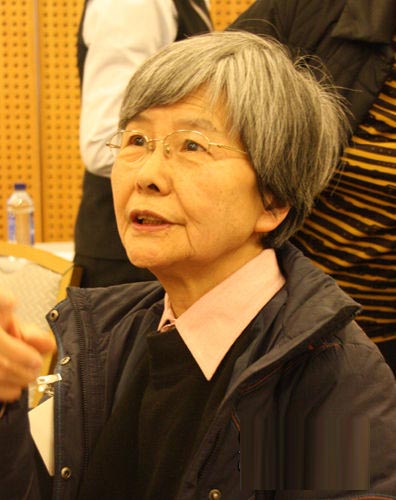
"The caves are a time capsule of the Silk Road," says Fan Jinshi, director of the Dunhuang Academy, which oversees research, conservation, and tourism at the site. A sprightly 71-year-old archaeologist, Fan has worked at the grottoes for 47 years, ever since she arrived in 1963 as a fresh graduate of Peking University. Most other Silk Road sites, Fan says, were devoured by the desert or destroyed by successive empires. But the Mogao caves endured largely intact, their kaleidoscope of murals capturing the early encounters of East and West. "The historical significance of Mogao cannot be exaggerated," Fan says. "Because of its geographical location at a transit point on the Silk Road, you can see the mingling of Chinese and foreign elements on nearly every grotto wall."
Today East and West are converging again on Dunhuang, this time to help save the grottoes from what may be the biggest threat in their 1,600-year history. Mogao's murals have always been fragile, the thinnest tissue of paint caught in a corrosive battle between rock and air. Over the past few years, they have faced the combined assault of natural forces and a surge of tourists. In an effort both to conserve the Silk Road masterpieces and to contain the tourists' impact, Fan has enlisted the help of teams of experts from across Asia, Europe, and the United States. It is a cultural collaboration that echoes the glorious history of the caves—and may help ensure their survival.
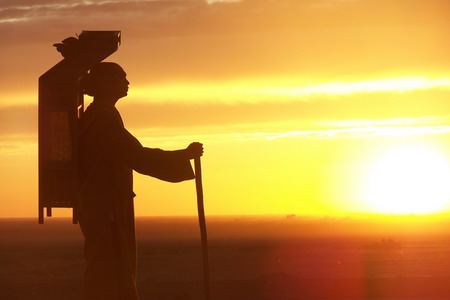
The caves began as a vision of light. One evening in A.D. 366, a wandering monk named Yuezun saw a thousand golden Buddhas blazing in a cliff. Inspired, he chiseled a small meditation cell into the rock; others quickly followed. The first caves were no larger than coffins. Soon, monastic communities began carving out larger caverns for public acts of devotion, adorning the shrines with images of the Buddha. It is these early grottoes that inspired the nickname the Caves of the Thousand Buddhas.
Their canvases consisted of nothing more than river mud mixed with straw, but Dunhuang's artists would, over the centuries, record on these humble surfaces the evolution of Chinese art—and the transformation of Buddhism into a Chinese faith.
One of Mogao's creative peaks came during the seventh and eighth centuries, when China projected both openness and power. The Silk Road was booming, Buddhism was flourishing, and Dunhuang was paying fealty to the Chinese capital. The Tang cave painters displayed a fully confident Chinese style, covering whole walls with minutely detailed Buddhist narratives whose color, movement, and naturalism made the imaginative landscape come alive. The Middle Kingdom would later turn inward, finally shutting itself off from the world during the Ming dynasty in the 14th century.
"Unlike Indian Buddhists, the Chinese wanted to know in detail all the forms of the afterlife," says Zhao Shengliang, an art historian at the Dunhuang Academy. "The purpose of all this color and movement was to show pilgrims the beauty of the Pure Land—and to convince them that it was real. The painters made it feel like the whole universe was moving."
More earthly tumult periodically swept through Dunhuang. Yet even as the town was conquered by competing dynasties, local aristocracies, and foreign powers—Tibet ruled here from 781 to 847—the creative enterprise at Mogao continued without pause. What accounts for its persistence? It may have been more than a simple respect for beauty or Buddhism. Rather than wiping out all traces of their predecessors, successive rulers financed new caves, each more magnificent than the last—and emblazoned them with their own pious images. The rows of wealthy patrons depicted on the bases of most murals increased in size over the centuries until they dwarfed the religious figures in the paintings. The showiest patron of all may have been Empress Wu Zetian, whose desire for divine projection—and protection—led her to oversee, in 695, the creation of the complex's largest statue, a 116-foot-tall seated Buddha.
Related destinations
Why Choose Us?
We are the top Silk Road tour operator based in Dunhuang, China. We focus on providing well designed Silk Road China Tours with resonable price and thoughtful service.
- Easy & carefree booking
- The best value
- Great travel experience
- Locally operated
Hot Tours
-

6 days Gansu tour to Binglingsi, Xiahe and Langmusi
Tour type : Private tour Price : from *** Destinations : Lanzhou - linxia - Xiahe - Langmusi - Hezuo - Lanzhou -

12 Days Gansu Highlights Tour
Tour type : Private tour Price : from *** Destinations : Xian – Tianshui – Lanzhou – Xiahe – Langmusi – Hezuo – Zhangye – Jiayuguan - Dunhuang -
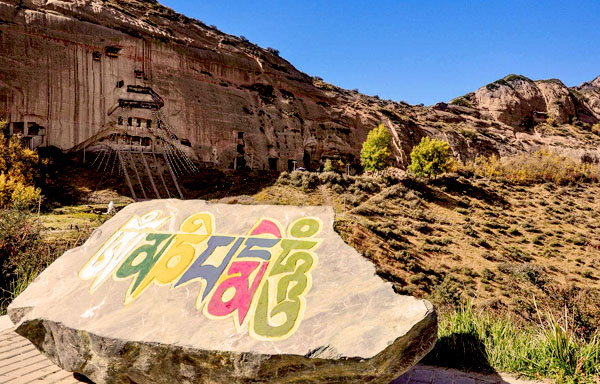
10 Days Silk Road Classic Tour
Tour type : Private tour Price : from *** Destinations : Xian - Zhangye - Jiayuguan - Dunhuang - Turpan - Urumqi -

5 Days Zhangye - Alxa youqi Highlights Tour
Tour type : Private Tour Price : from *** Destinations : Zhangye - Alax youqi - Zhangye

